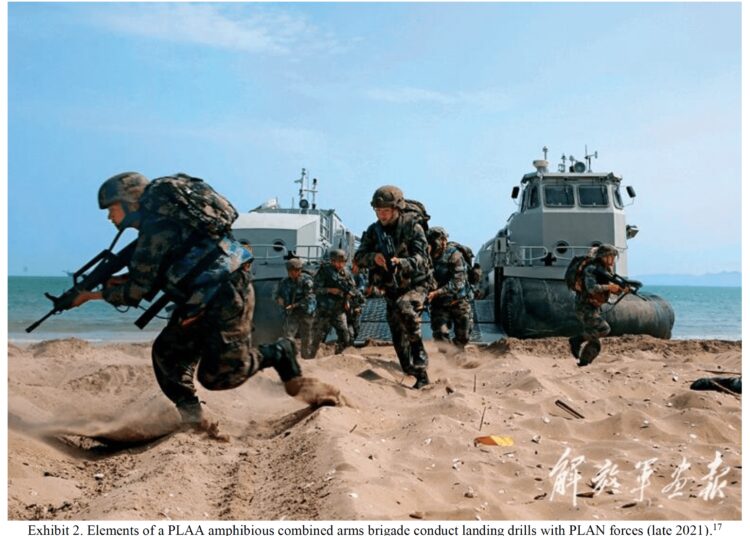Amphibious assaults are essential military operations that involve landing troops and equipment from sea onto enemy territory. This coordinated effort between land, air, and sea forces aims to establish a beachhead for further military operations. Throughout history, amphibious assaults have been used effectively, with the D-Day invasion at Normandy being a notable example. Meticulous planning and preparation are necessary for success, considering factors such as beach conditions, enemy defenses, and weather. The execution of the assault requires precise coordination between naval and ground forces to secure the area and achieve objectives. Amphibious assaults offer strategic advantages such as surprise, flexibility, and versatility for both military and humanitarian missions. In conclusion, these operations play a vital role in modern warfare by leveraging the combined strength of land and sea forces.
Amphibious Assaults
Amphibious assaults are military operations that involve the landing of troops and equipment from sea onto a hostile shore. These operations require the coordination of land, air, and sea forces to achieve success. The goal of an amphibious assault is to gain a foothold on enemy territory and establish a beachhead for further military operations.
History of Amphibious Assaults
Amphibious assaults have been used throughout history to great effect. One of the most famous examples is the D-Day invasion of Normandy during World War II. This operation involved the landing of Allied troops on the beaches of France to begin the liberation of Europe from Nazi occupation.
Planning and Preparation
Amphibious assaults require meticulous planning and preparation to ensure success. Factors such as beach conditions, enemy defenses, and weather must all be taken into account. Specialized landing craft and equipment are used to transport troops and supplies from ships to shore. Amphibious assault vehicles such as landing craft and amphibious assault vehicles are used to transport troops from ship to shore and inland.
Executing the Assault
Once the planning is complete, the assault begins with the landing of troops and equipment on the shore. This is a complex operation that requires coordination between naval and ground forces. Once the troops are ashore, they must quickly establish a beachhead and secure the area from enemy counterattacks. From there, they can begin advancing inland to achieve their objectives.
Benefits of Amphibious Assaults
Amphibious assaults offer several advantages over other forms of military operations. They allow for the element of surprise, as the enemy may not expect an attack from the sea. They also provide flexibility, as troops can be landed at multiple points along the coast to exploit enemy weaknesses. Additionally, amphibious assaults can also be used to conduct humanitarian and disaster relief operations in addition to military missions.
Conclusion
Amphibious assaults play a crucial role in modern warfare, combining the power of land and sea forces to achieve military success. Through careful planning and coordination, these operations can turn the tide of conflict and secure victory for the forces involved.












